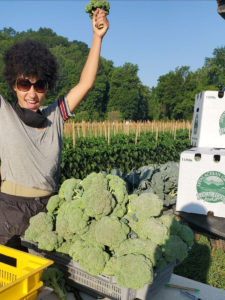
Let's Grow Broccoli in WNC! Project Update
7/30/2020 – Written by Margaret Bloomquist, Research Associate Next year marks the 10th growing season of the Eastern Broccoli Project! This season we …


El inglés es el idioma de control de esta página. En la medida en que haya algún conflicto entre la traducción al inglés y la traducción, el inglés prevalece.
Al hacer clic en el enlace de traducción se activa un servicio de traducción gratuito para convertir la página al español. Al igual que con cualquier traducción por Internet, la conversión no es sensible al contexto y puede que no traduzca el texto en su significado original. NC State Extension no garantiza la exactitud del texto traducido. Por favor, tenga en cuenta que algunas aplicaciones y/o servicios pueden no funcionar como se espera cuando se traducen.
Inglês é o idioma de controle desta página. Na medida que haja algum conflito entre o texto original em Inglês e a tradução, o Inglês prevalece.
Ao clicar no link de tradução, um serviço gratuito de tradução será ativado para converter a página para o Português. Como em qualquer tradução pela internet, a conversão não é sensivel ao contexto e pode não ocorrer a tradução para o significado orginal. O serviço de Extensão da Carolina do Norte (NC State Extension) não garante a exatidão do texto traduzido. Por favor, observe que algumas funções ou serviços podem não funcionar como esperado após a tradução.
English is the controlling language of this page. To the extent there is any conflict between the English text and the translation, English controls.
Clicking on the translation link activates a free translation service to convert the page to Spanish. As with any Internet translation, the conversion is not context-sensitive and may not translate the text to its original meaning. NC State Extension does not guarantee the accuracy of the translated text. Please note that some applications and/or services may not function as expected when translated.
Collapse ▲
7/30/2020 – Written by Margaret Bloomquist, Research Associate Next year marks the 10th growing season of the Eastern Broccoli Project! This season we …

Codling moth pheromone trap captures remain low throughout the area, while oriental fruit moth captures have crept up in …
Sivanto Prime for control of sugarcane aphid on sweet sorghum has been approved for use in North Carolina during …
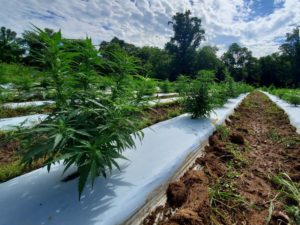
7/28/20 – Written by Margaret Bloomquist, Research Associate, and Katie Learn, Research Assistant in the North Carolina Alternative Crops …
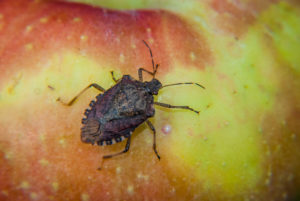
The EPA has approved the N.C. Department of Agriculture and Consumer Services request for a Section 18 Emergency Exemption …

At lower elevations (<1000 ft), first generation brown mamorated stink bug is beginning to emerge, while at higher elevations …
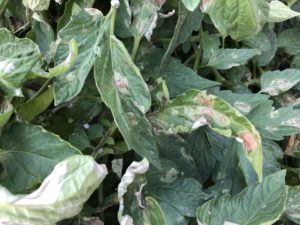
Late blight on tomato was confirmed in Buncombe County on July 17, 2010, and confirmed by microscopic observation of …

The emerald ash borer, a beautiful but extremely destructive, exotic insect pest, has now been detected in North Carolina. …
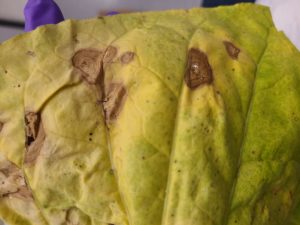
Persistent wet weather conditions continue to cause issues for tobacco diseases across the state. In particular, target spot, caused …
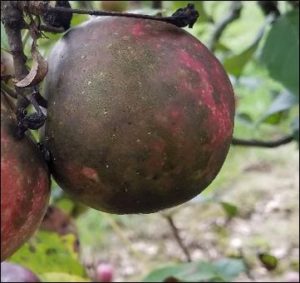
In the previous Disease Update I sent a basic spray schedule for Glomerella leaf spot/bitter rot management for early-, …

Overall direct insect pest populations remain relatively low throughout the region, while populations of key secondary pests such as …

For the most part insect activity is relatively low throughout the western region, including the piedmont and mountain production …
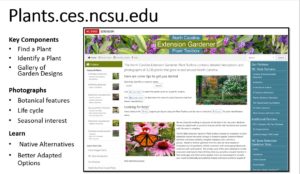
Many thanks to project coordinator Kira Chaloupka, student photographer Calla Veazie, Extension Specialist Joe Neal, Extension Agents Ashley Troth, …

6/30/2020 – We have been a little quiet online lately as our team is learning how to manage our …

Throughout most of the higher elevation orchards (≥2000 ft), we are still in that period of the low potential …
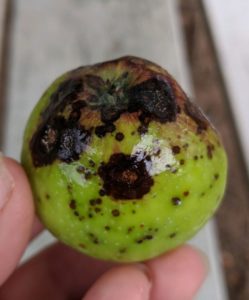
This week serves as a reminder to stay the course and DO NOT let up on 7 to 10 …
NC State University Chancellor Woodson recently stated that “We stand against and condemn white supremacy, racial injustice, and all …

We are currently in a lull of direct pest activity throughout the western apple region. Codling moth degree-day (DD) …
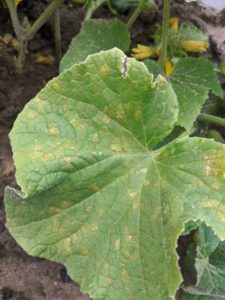
Written by Lina Quesada-Ocampo and Brandon Parker Cucumber downy mildew, caused by the oomycete pathogen Pseudoperonospora cubensis, has been found …